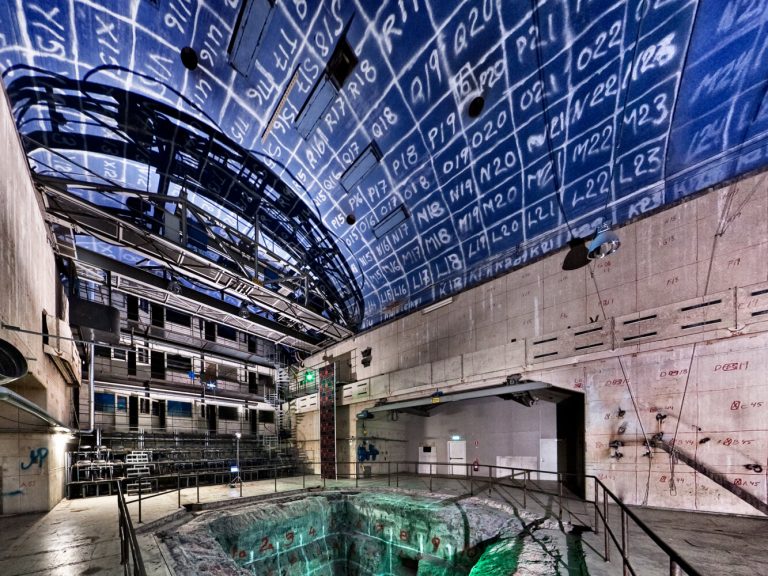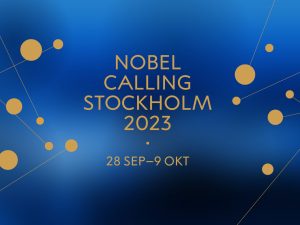Each lab round is about 1½ hours long and includes visits to one or more labs where researchers explain about the lab’s equipment and the research that takes place there. There are three tours to choose from, and each one has 20 places. Secure your place by registering today!
Round 1 (in English)
During lab round 1, you will visit three small lab environments: a fusion reactor, an electromagnetic testing lab and Sweden’s most powerful supercomputer.
The fusion reactor (EXTRAP T2R)
EXTRAP T2R is an experimental facility for fusion energy research. At the facility, researchers are studying magnetic confinement and heating of plasma, a method for producing large amounts of energy through nuclear fusion. Fusion energy may be the solution to future energy problems but requires technology that can withstand extreme conditions, especially high plasma temperatures. The plasma in the EXTRAP T2R plant has been heated to a temperature of about 3 million degrees.
Read about EXTRAP T2R here.
Anechoic Chamber
In this lab, our researchers perform measurements of electromagnetic antennas, from 2 to 40 gigahertz (GHz). The walls of the lab are covered with blue foam rubber that absorbs electromagnetic echoes.
Read about the Anechoic Chamber here.
The PDC parallel data centre, KTH’s supercomputer
KTH’s Parallel Computer Centre (PDC) is home to Sweden’s most powerful supercomputer. During the tour, you will gain an insight into the structure of the supercomputer and how it is used in research through its ability to handle complex data and perform advanced calculations. In English we are usually called the PDC Centre of High Performance Computing.
Read about PDC here.
Round 2 (in Swedish)
During lab round 2, you will visit two large lab environments.
Smart Mobility Lab and Integrated Transport Research Lab
The Smart Mobility Lab (SML) and Integrated Transport Research Lab (ITRL) conduct research on the transport and traffic of the future.
SML works with the development and testing of solutions for intelligent transport systems and self-driving cars, with the help of simulation and models. At ITRL, KTH works together with the commercial vehicle manufacturer Scania to develop and demonstrate new sustainable transport systems.
Read about SML here.
Read about ITRL here.
The Sustainable Power Lab (SPL)
KTH’s Electric Power Lab engages in research, development and education in electrical engineering. Researchers here work with prototype development and testing of power electronics, antennas, electrical machinery and drive systems.
SPL includes the high-voltage lab, which is used for research in high-voltage, insulation materials and components in electric power systems. The lab has equipment for impulse discharges and electrostatic experiments.
Read about SPL here.
Round 3 (in Swedish)
During lab round 3, you will visit KTH’s reactor hall, where the first part of the tour is about the history of the Reactor Hall and Sweden’s entry into the atomic age, and the second part is a demo of a test bed for 5G that has just been installed by the Center for Trustworthy Edge Computing Systems and Applications, TECoSA.
Reactor Hall, R1
Hidden more than 25 metres below ground level on Campus Valhallavägen is KTH’s reactor hall R1, Sweden’s first nuclear reactor. The now decommissioned reactor is used as a creative meeting place and is a mix of museum, cultural centre and lab.
Read about R1 here.
Read about TECoSA here.

